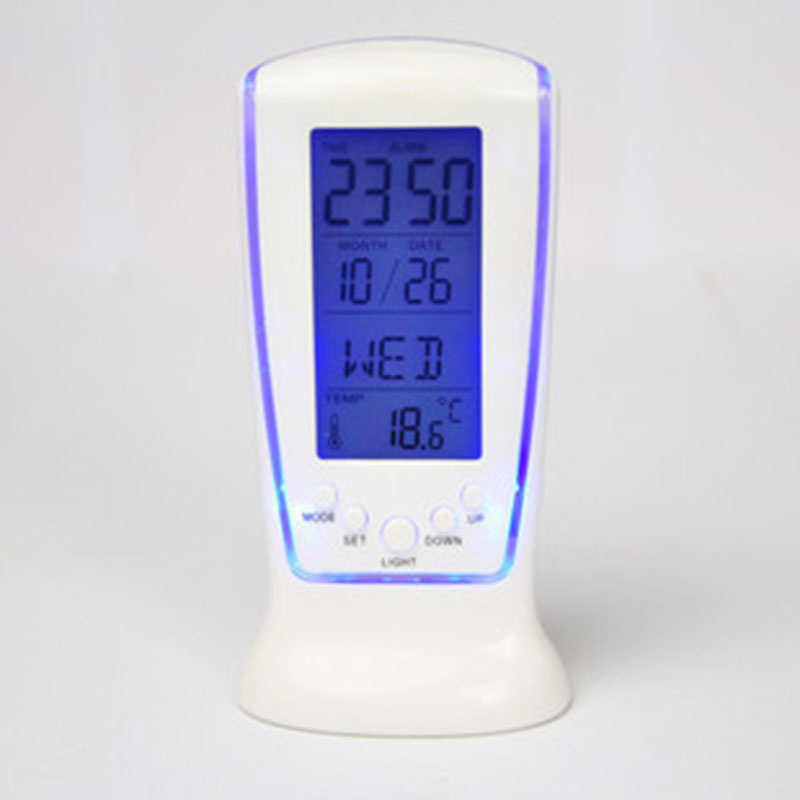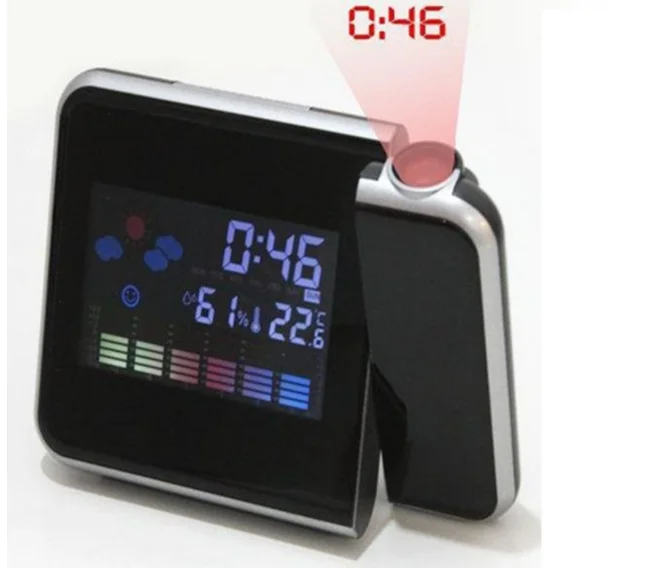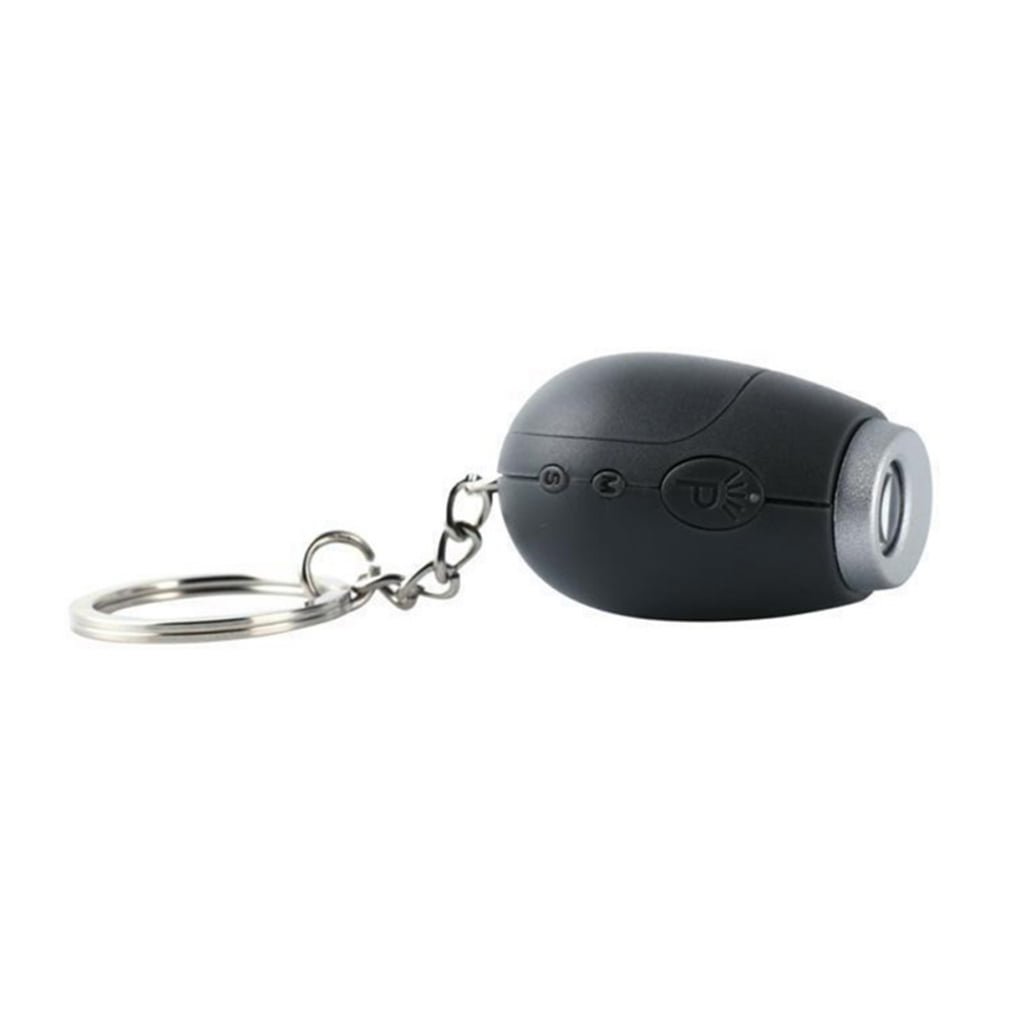

- DIGITAL ALARM CLOCK MINI PROJECT SERIAL
- DIGITAL ALARM CLOCK MINI PROJECT MANUAL
- DIGITAL ALARM CLOCK MINI PROJECT CODE
- DIGITAL ALARM CLOCK MINI PROJECT PASSWORD
automatically selects time servers that are geographically close to you. “ ” is an open NTP server suitable for such cases. Next we need to specify the NTP server address we want.

DIGITAL ALARM CLOCK MINI PROJECT PASSWORD
const char* ssid = "Your Network SSID" Ĭonst char* password = "Your WiFI Password" You must modify the following two variables with your network user information so that ESP8266 can communicate with the existing network. After calling the libraries, we have to make changes from the following section, which is actually related to the Wi-Fi network used to receive data.

Before uploading the code, you need to make some changes. Finally send the data to set up the OLED display. The project libraries are used to set up the Wi-Fi and receive time from NTP servers. We will first call the libraries required for this project.
DIGITAL ALARM CLOCK MINI PROJECT CODE
So let’s take a quick look at the code to see how it works. Interfacing MQ2 Gas Sensor with Arduino.IoT based water level Indicator using ESP8266.PIR based Motion Switch | PIR Sensor Light.Smart Switch using Blynk | IoT Based WiFi Switch.ESP8266 Web Server for Controlling Electrical Devices.Wemos D1 Mini Web Server based Servo Motor Control.Temperature Monitoring with ESP-DASH Webserver.IoT Heart Rate Monitoring with ThingSpeak Platform.Raspberry Pi Flask Web Server with DHT11.NodeMCU based WiFi Network Scanner with OLED Display.Make the connections according to the table and diagram below. To set up the OLED display, we have to use the SPI connection in the ESP8266 chip. In this project, only two components are used, a nodemcu board with ESP8266 chip and an OLED display with ssd1306 chip. Search for “ ntpclient” and look for NTPClient by Fabrice Weinberg. You can open Arduino IDE and locate Navigate to the Sketch -> Include Library -> Manage Libraries In order to make the code working, we need a NTP client library.
DIGITAL ALARM CLOCK MINI PROJECT SERIAL
We will display these values in the Serial monitor along with showing them in the OLED display. In this project, we will first analyze the values, which include day, month, year, as well as the exact time in the moment, by receiving the exact time from NTP servers. A time stamp packet contains several pieces of information such as date, time, accuracy, latency or time zone. In response to this request, the NTP server sends a time stamp packet. The client then forwards a request to an NTP server. The basic premise is that a client device such as ESP8266 connects to the server using User Datagram Protocol (UDP) on port 123.

The most common job configuration is in client-client mode. In the second level, the time received from the first level on the Internet as an interface and the third level is the requesting device that asks the second level for date and time. NTP has a hierarchical structure, in the first level the exact time is received from very accurate instruments such as GMT or atomic clocks. Universal Time Coordinated (UTC) is a global standard that is closely related to GMT or Greenwich Mean Time. The difference or a lag of 50 milliseconds over the Internet and 5 milliseconds in a LAN environment is observed. This protocol can be used to synchronize all network devices with synchronized global time (UTC) in a few milliseconds. It is a standard Internet Protocol for synchronizing computer clocks with some specific NTP server over network. You do not need any separate hardware for configuring NTP. If your IoT project has Internet access, then you can get the date and time (with a precision of a few milliseconds of UTC) for free.
DIGITAL ALARM CLOCK MINI PROJECT MANUAL
But these chips are not quite accurate, so you have to make manual adjustments over and over again to make them synchronous. In the past, when it comes to time keeper, we use the RTC (Real Time Clock) chip. No worries that you will lose time by turning off the circuit and going out of power, you will always be able to get the exact date and time by connecting to the internet. In this tutorial, we will let you know about NTP Digital Clock using ESP8266 and OLED Display. With the advancement of technology, time has always been measured in different devices in different ways. Conclusion NTP Digital Clock using ESP8266 and OLED Display


 0 kommentar(er)
0 kommentar(er)
